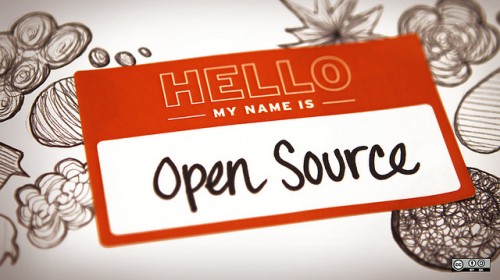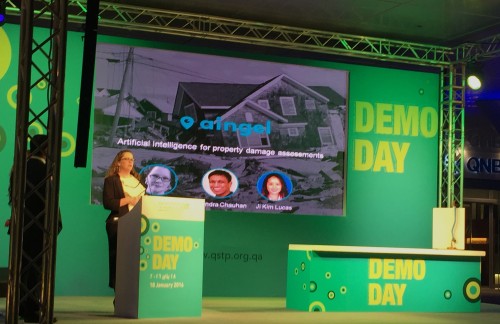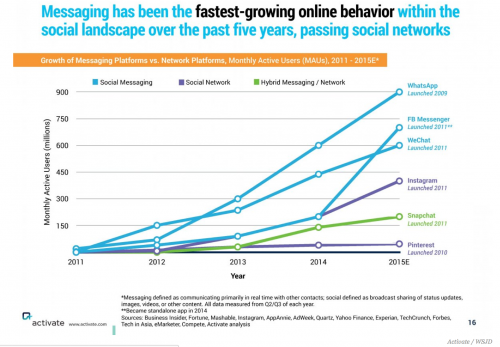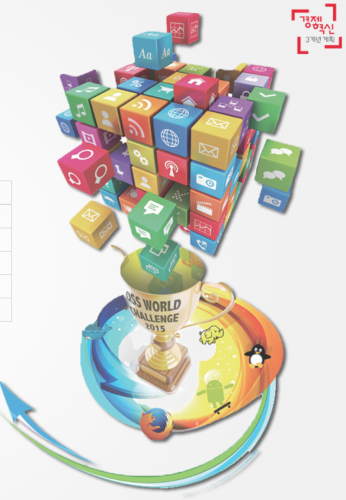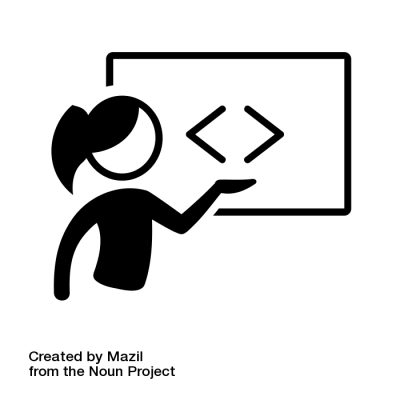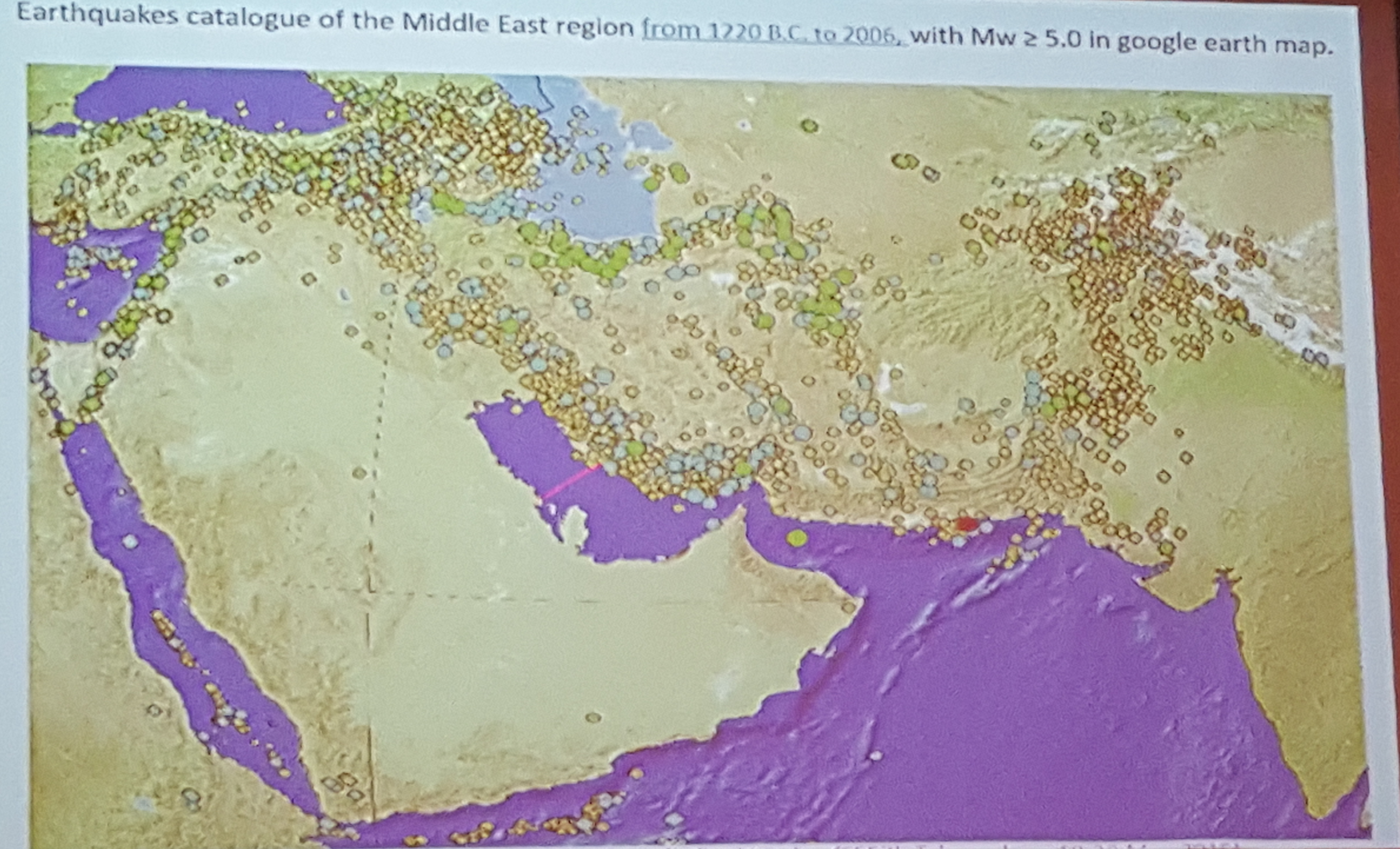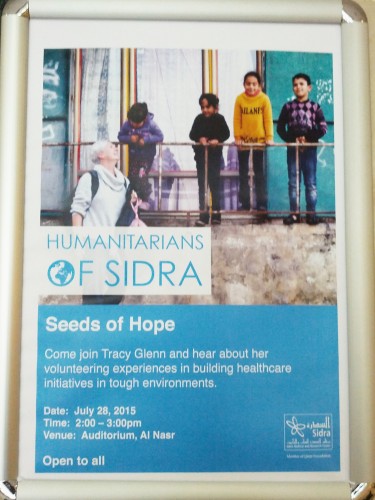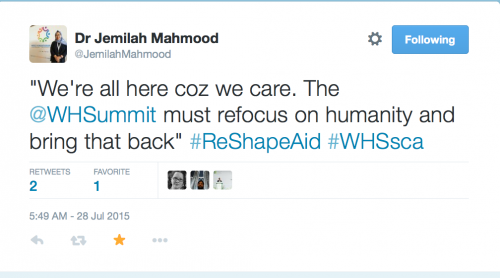[Cross-posted from Opensource.com. The original article was published July 17, 2015 as part of the OSCON Interview Series.]
Mapping communities in the open source space are growing as more and more people use maps for business and social change. Leaders like Aure Moser are providing spaces for people to learn and be inspired. Prior to her OSCON session and in the middle of a busy travel schedule, she shared some insights into the communities and her experiences.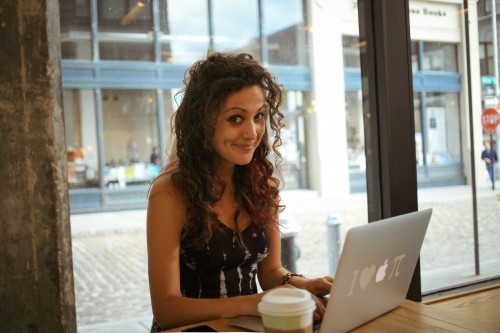
Aure is a developer and curious cartographer building communities around code at CartoDB. Her background blends science and scripting, and includes a cocktail of conservation chemistry, eco-enthusiasm, education, and egalitarian tech activism.
Previously of Ushahidi and Internews Kenya, she’s been working in the open tech and nonprofit journalism space for a few years, and recent projects have had her working with mapping sensor data to support agricultural security and sustainable apis ecosystems in the Global South.
Q & A
You’re an active member of the OpenStreetMap Community, most recently volunteering at the State of the Map US 2015. What inspires you about this project?
I love OpenStreetMap, and am a happy recipient of a scholarship to speak at State of the Map in Buenos Aires (2014). It is the democratization of information that the OSM community embodies, and as a former librarian I have always loved the idea of open source web architects as intellectual social workers. We have such a beautiful opportunity as software engineers to learn from the iterative requirements and pace of open source and open data initiatives, and crowdsourced efforts to break from the exclusivity of proprietary platforms have a special place in my heart.
CartoDB has been a great support of open source, open data and open mapping. Can you share some examples about how you and your team incorporate this into your work?
Open source is so important to our mission to make maps more accessible, and it’s been essential for our stack development as we progressively learn from community requests and contributions. Our software is engineered for ease-of-use, and our GUI Editor interface is an effort to make mapping projects more accessible to non-GIS experts. Everyone should be able to map found, open, and personal data, easily. At the same time, we have almost all of the functionality accessibility in our editor, available via our open source libraries and APIs. We have Carto.js for making maps, Torque.js for time-series data mapping, Odyssey.js for building chapterized narratives on maps, Vecnik.js for vector rendering, as well as our Import, Map, and SQL APIs to facilitate easy and open map-building in code.
As part of the Community Team at CartoDB, I’m also pretty passionate about our education and outreach initiatives beyond just the open libraries and APIs. Giving talks and workshops on our software has encouraged us to build remote learning opportunities for our users, so we host webinars and themed workshops to support our community. The Map Academy is a series of online lessons in all aspects of mapping (not restricted solely to the use of our software) that we maintain to help mapmakers learn about Javascript, PostgreSQL, PostGIS functions, and the mechanics of map design. Likewise, we document and publish our workshops and talks on a public mini-site that we invite our community of educators and active users to contribute to in the course of their curriculum development.
When you were with Ushahidi, you spent time in Kenya. Building map projects and training in the Global South has some incredible stories and insights. It would be great to hear what you learned about the open source communities working there. And if you can, provide some examples of mapping projects in the Global South.
The level of creativity and resourcefulness in developing technology with profound infrastructural challenges was incredibly impressive and inspiring throughout iHub (Kenya) and in other locations. There can be a general insensitivity to the persistent challenges that people face when technologists provide open source products that only operate under optimal conditions and high-bandwidth communities. Working within other cultures and under the creative constraints of poor connectivity or strained infrastructure makes you think about how limited the value of your product is when it fails in the face of easy deployment and reuse globally. Those experiences were valuable to challenging my assumptions of digital literacy, and my flexibility in designing products of greater utility. I really benefited from exposure to Ushahidi’s team, and the network of subcommunities that their products have engendered. I’ve always been impressed by what Humanitarian OpenStreetMap Team and humanitarian teams globally were able to accomplish via crowdsourced efforts.
Having left Ushahidi, I’m still pretty involved with similar groups and had the opportunity to work with many journalists, especially at Internews-Kenya, on developing independent mapping projects. At Internews, I had the chance to collaborate on a map-interactive piece with Eva Constantaras and InfoAmazonia to explore narratives around mapping extractive industry in Kenya, called LandQuest. The project uses Jeo, a WordPress theme developed by InfoAmazonia out of Brazil, to make map mashups with blog-style publishing platforms, and the theming flexibility is pretty sweet. I’m also on the advisory board for an amazing group of technologists building toolkits for activists in the Global South called Beautiful Rising; among other resources, we support civic hacking and mapping projects to empower community builders and journalists.
How do you see the industry evolving over the next few years?
I think it’s safe to say that we will progressively collapse the distance between ourselves and our devices so “wearable” and “Internet of Things” futures are possible. I would say that we’re in a strange intermediary technology period now, where we’re pretty persistently developing products as an industry that provide a liaison to the future with a foothold in the past. In the same way that DVD/VCR combos were a short-lived intermediary before the obsolescence of the VHS player, we’re prototyping a lot of digital prosthetics that do things like put glasses on people who don’t need them or provide technical crutches to people otherwise unimpaired. I think there’s a great future in wearables and more fusion of physical technologies with software projects and dynamic mapping, and I’m pretty excited about it.
Since your talk is about time travel, where and when in time would you travel if you could?
Oh wow, such a great yet impossible question. There are a lot of historical events that I would naturally love to have witnessed if only for the Doctor Who/Quantum Leap opportunity to define what actually happened. I guess the less inventive and more egoistic part of me would love to have a Christmas Carol experience where I revisit or project potential outcomes in the Many Worlds possibilities of my future. So I’m pretty happy where I am, way beyond where I could be.
